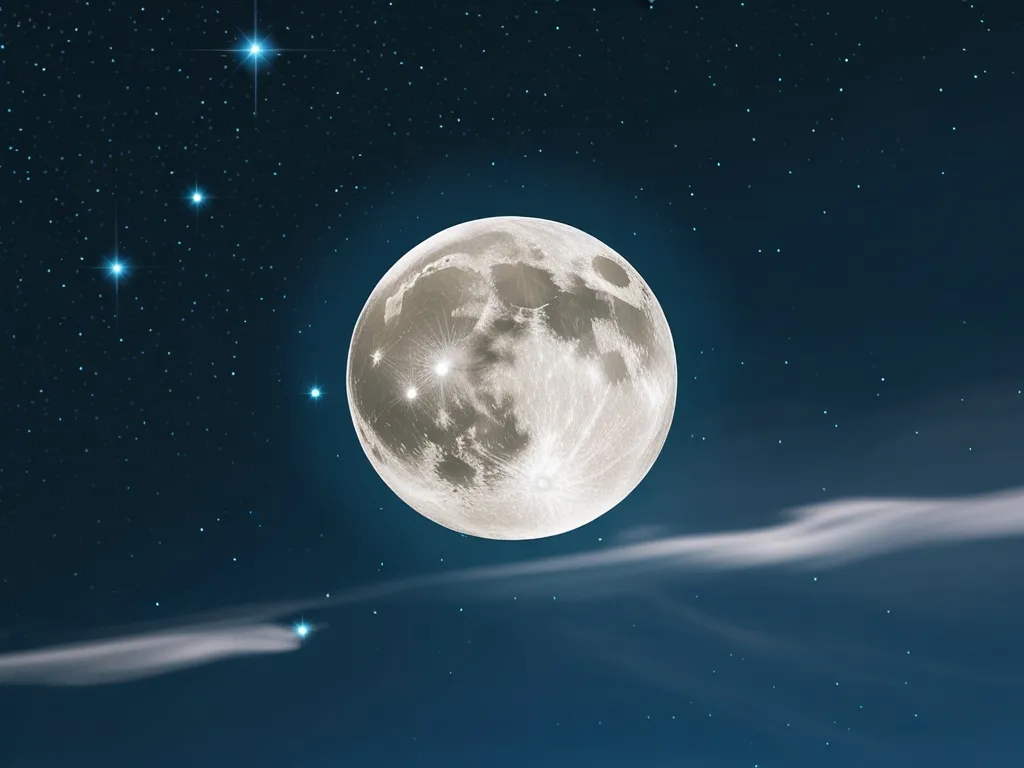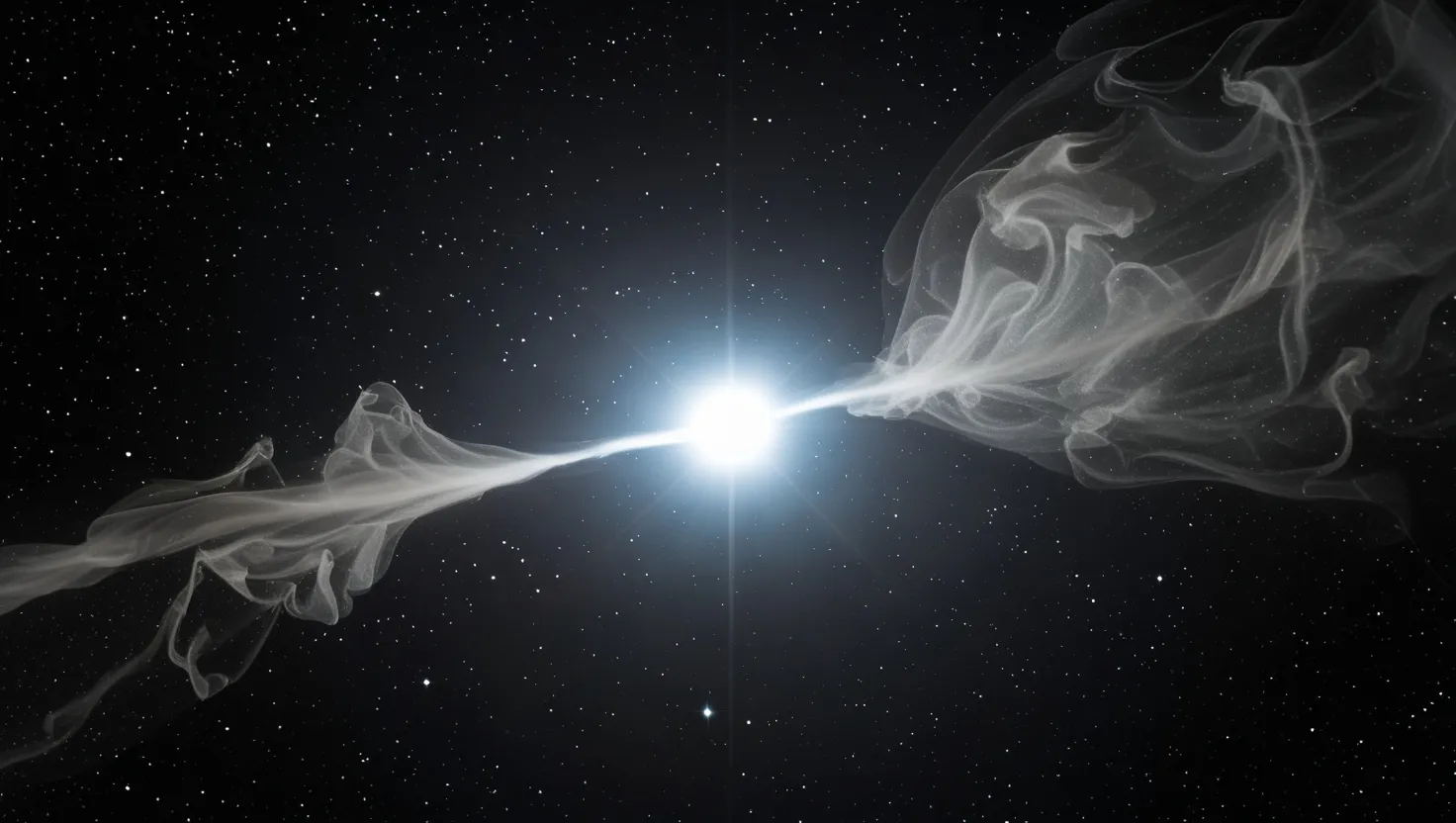As I stand in my backyard, gazing up at the night sky, the moon’s serene glow often prompts me to ponder the mysteries that surround our closest celestial neighbor. One phenomenon that has sparked both fascination and controversy is the so-called “lunar wave” – a ripple effect some amateur astronomers claim to observe on the moon’s surface. This enigmatic sight has fueled debates about whether it’s an optical illusion, a camera artifact, or something more sinister, such as a holographic projection or a controlled simulation.
To delve into this mystery, let’s start with the basics. The lunar wave phenomenon is often described as a wavy or rippling effect on the moon’s surface. Some enthusiasts, like the guest on a late-night talk radio show I once heard, are convinced that this is evidence that the moon is not a solid body but rather a luminary or even a hologram. This individual spent four years imaging the moon and claimed to have observed these waves not just on the moon but also on Jupiter and Saturn. However, such claims are met with skepticism by the scientific community.
One of the primary explanations for these observations is atmospheric distortion. When we look at the moon, the light it reflects has to travel through Earth’s atmosphere, which can cause turbulence and distortions. This is similar to the way stars twinkle due to atmospheric interference. Amateur astronomers often experience these distortions, which can make the moon appear wavy or irregular. Additionally, camera equipment and telescope settings can also introduce artifacts that might be misinterpreted as lunar waves.
Another factor to consider is the moon illusion, a well-documented optical illusion that makes the moon appear larger when it is near the horizon. This illusion is not about the moon’s actual size but about how our brains process visual information. When the moon is low on the horizon, it is often seen next to foreground objects like buildings or trees, which tricks our brains into thinking it is larger. This same principle could contribute to the perception of lunar waves, as our brains are prone to misinterpreting visual cues.
The moon illusion has been studied extensively, and it highlights the complex interplay between our visual perception and the environment. For instance, if you hold a small pebble at arm’s length, it will cover the moon whether it is on the horizon or high in the sky, demonstrating that the moon’s size does not change. This illusion is so pervasive that even ancient philosophers like Schopenhauer wrote about it, suggesting that it is a cerebral rather than an optical phenomenon.
Despite these explanations, the allure of conspiracy theories persists. Some believe that the lunar waves are evidence of a larger cover-up, perhaps even suggesting that we never actually landed on the moon. However, such claims are debunked by the overwhelming evidence from NASA’s moon missions, including the seismic data collected from the moon’s surface. During the Apollo missions, spacecraft components were intentionally crashed into the moon to measure the seismic activity, and these experiments showed that the moon does indeed behave like a solid body, ringing “like a bell” when impacted.
The idea of a manipulated or simulated lunar experience is intriguing but lacks concrete evidence. While it is true that our perceptions can be misled, there is no credible scientific evidence to support the notion that the moon is anything other than a natural satellite. The lunar waves, in most cases, can be attributed to a combination of atmospheric effects and the limitations of our observation tools.
Personal experiences can also play a significant role in how we interpret these phenomena. I recall a story shared by someone who witnessed the moon appearing monumentally huge and then suddenly returning to its normal size. This experience, while dramatic, can be explained by the moon illusion and the psychological factors that influence our perception. The brain’s tendency to inflate the size of objects near the horizon, combined with the emotional impact of such an unusual sight, can create a compelling narrative that feels almost otherworldly.
In conclusion, the lunar wave phenomenon, while intriguing, is more likely an optical illusion or an artifact of our observation methods rather than proof of moon manipulation. As we continue to explore and understand our universe, it’s essential to separate fact from fiction and to rely on scientific evidence rather than speculation. The moon, with all its mysteries and beauty, remains a solid, natural part of our celestial landscape, waiting to be studied and appreciated for what it truly is.
As I pack up my telescope and head back inside, the moon still glows brightly in the sky, a constant reminder of the wonders and the illusions that surround us. Whether you are an avid astronomer or just someone who appreciates the night sky, the next time you see the moon, take a moment to appreciate both its beauty and the complex ways in which our brains interpret what we see. The truth about the moon may not be as dramatic as some conspiracy theories suggest, but it is no less fascinating.






